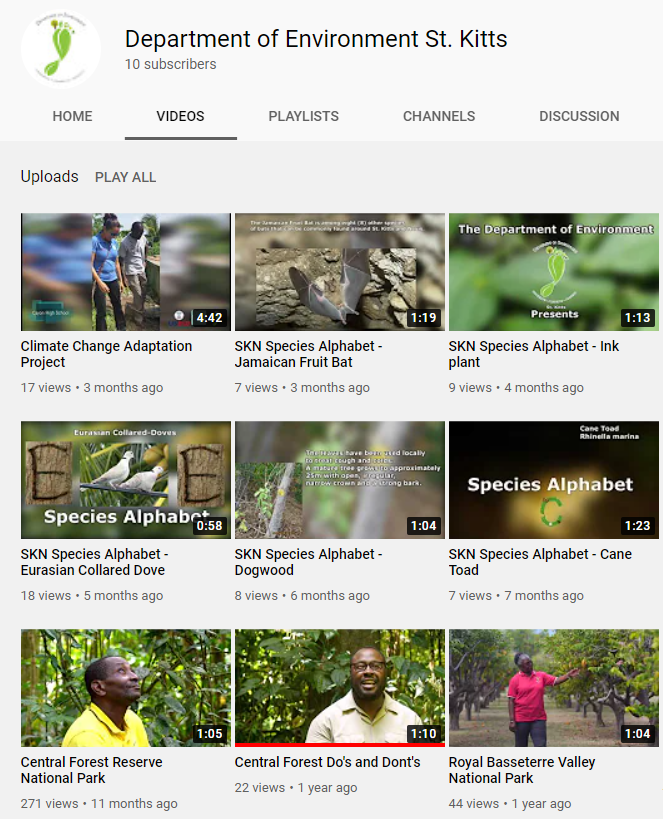The Montreal Protocol
The Montreal Protocol on Substances that Deplete the Ozone Layer is a global agreement to protect the Earth’s ozone layer by phasing out the chemicals that deplete it. This phase-out plan includes both the production and consumption of ozone-depleting substances (ODS). The Federation of St. Kitts and Nevis ratified the Montreal Protocol on August 10th 1992. The first gases to be phased-out were hydrochlorocarbons (CFCs).
Hydrochlorofluorocarbons (HCFCs) are gases used worldwide in refrigeration, air-conditioning and foam applications and were initially introduced to replace CFCs. However, they are now being phased out under the Montreal Protocol since HCFCs are both ODS and powerful greenhouse gases. Developed countries have been reducing their consumption of HCFCs and has completely phased them out in 2020. Developing countries, including St. Kitts and Nevis agreed to start their phase out process in 2013 and are now following a stepwise reduction until the complete phase-out of HCFCs by 2030.
The most recent adjustment to the Protocol, the Kigali Amendment, called for the phase-down of hydrofluorocarbons (HFCs) in 2016. These HFCs were used as replacements for a batch of ozone-depleting substances banned by the Montreal Protocol. Although they do not deplete the ozone layer, they are known to be powerful greenhouse gases, having a very high global warming potential (GWP) and, thus, contributors to climate change.
The Kigali Amendment
The Kigali Amendment to the Montreal Protocol is an international agreement to gradually reduce the consumption and production of HFCs. The amendment was entered into force on 1st January 2019. The Kigali Amendment will avoid up to 0.4°C of global warming this century while continuing to protect the ozone layer. The amendment will substantively contribute to the goals of the Paris Agreement.
The amendment comes with provisions for capacity-building for developing countries, including St. Kitts and Nevis, institutional strengthening and the development of national strategies to reduce HFCs and replace them with alternatives. Phasing down HFCs under the Kigali Amendment may also open a window to redesign cooling equipment that is more energy efficient, further increasing the climate gains.
Developed countries started HFCs phase-down in 2019. Developing countries will follow with a freeze of HFCs consumption levels in 2024 and with a few countries freezing consumption in 2028.
Evidence presented in the latest Scientific Assessment of Ozone Depletion shows that the ozone layer in parts of the stratosphere has recovered at a rate of 1-3% per decade since 2000. At projected rates, Northern Hemisphere and mid-latitude ozone is scheduled to heal completely by the 2030s followed by the Southern Hemisphere in the 2050s and Polar Regions by 2060.



